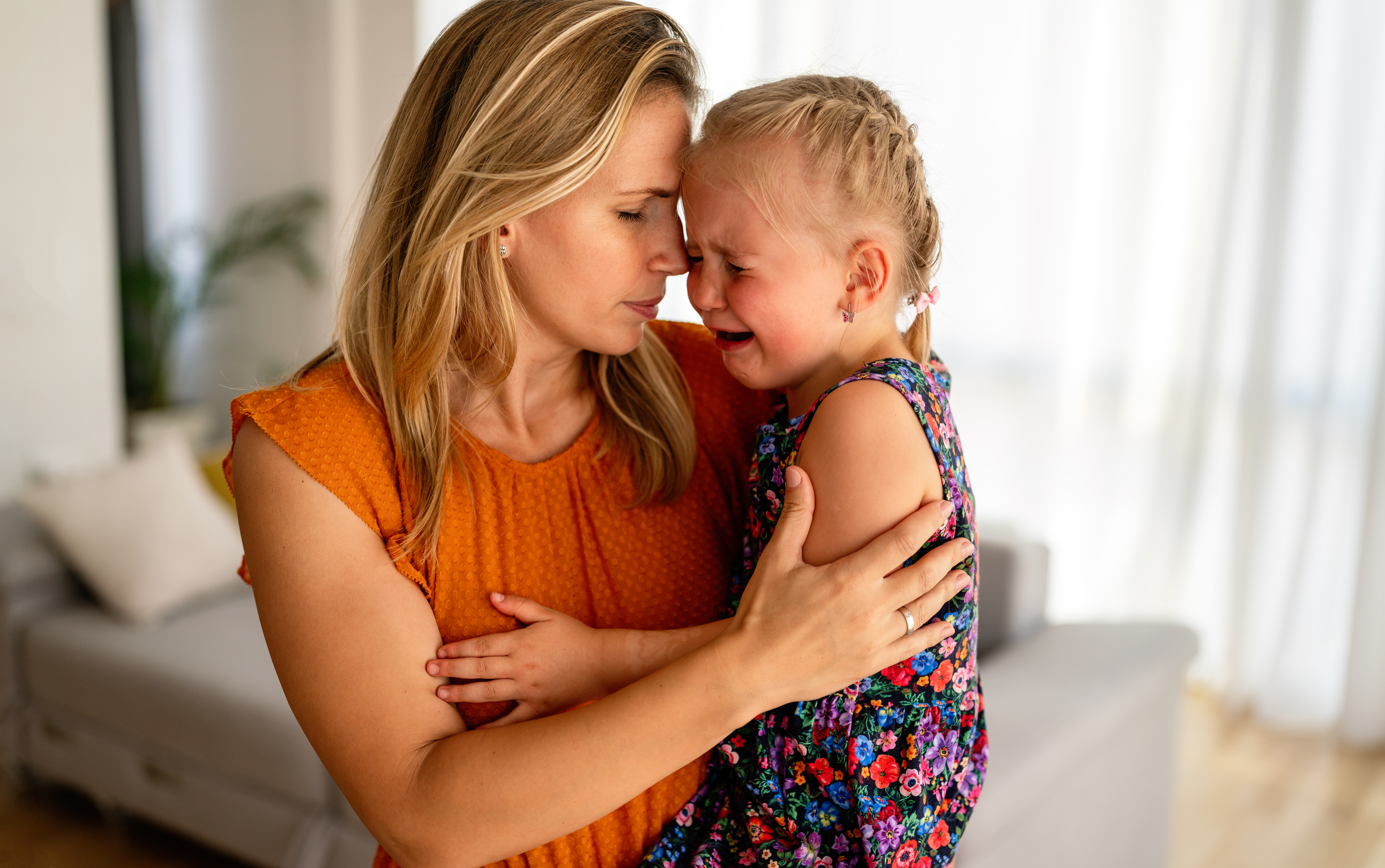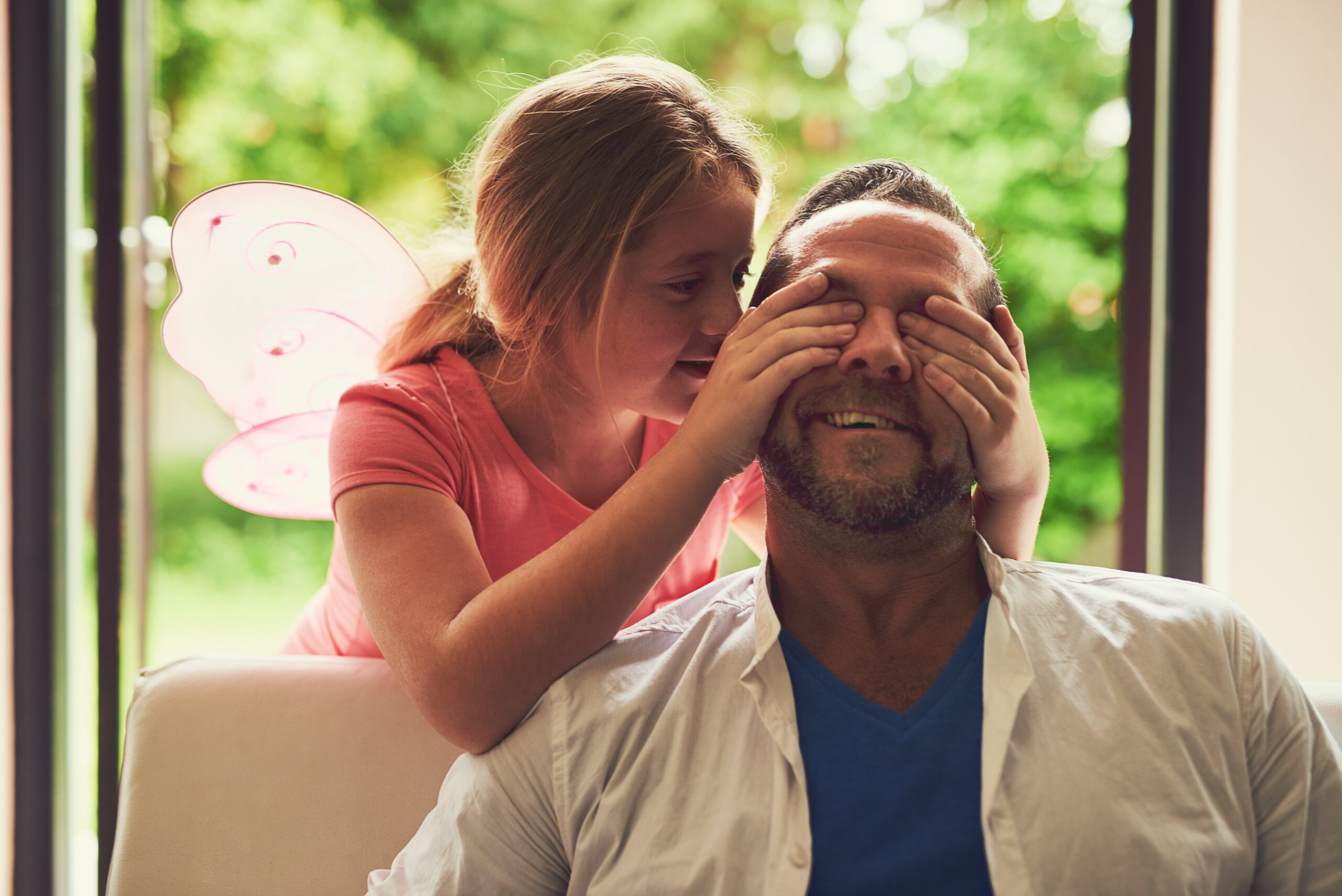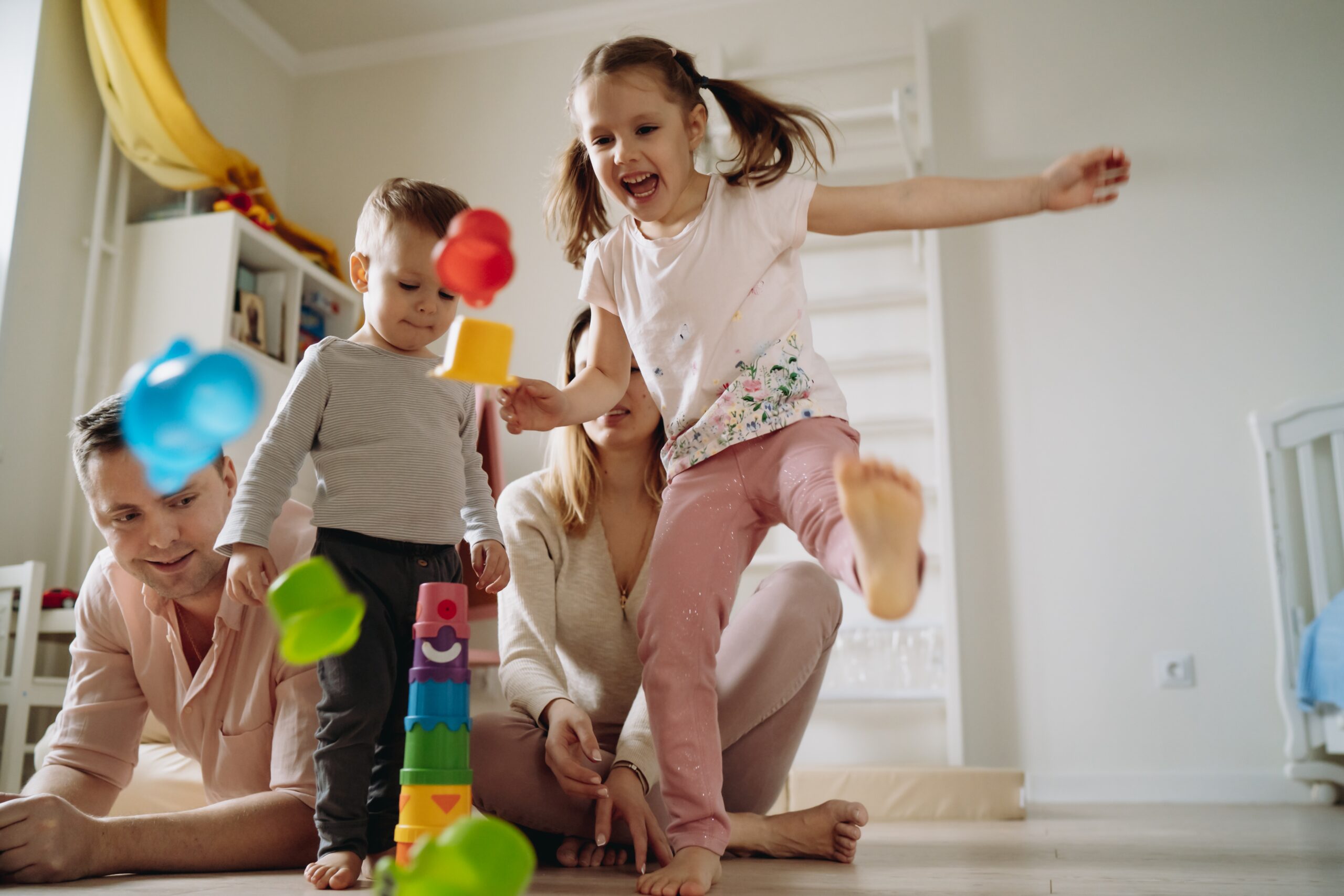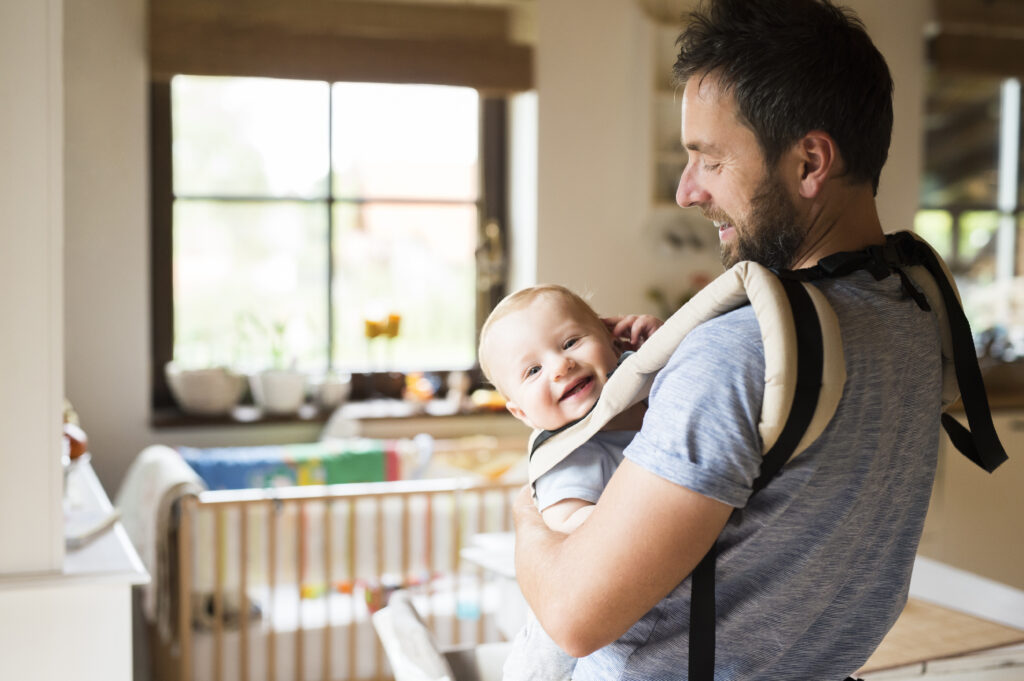
Let’s be honest—parenting can be deeply beautiful and incredibly overwhelming, sometimes within the same five minutes. You’re rushing to get everyone out the door, someone spills juice, someone else refuses to wear shoes, and suddenly you feel your chest tightening, your voice rising, and a part of you wanting to shout, “Enough!”
That’s where self-regulation steps in. Not perfection. Not endless patience. But the ability to pause, notice, and choose how to respond instead of reacting.
Because here’s the truth: our children co-regulate with us. They look to us not just for answers, but for emotional tone. When we’re dysregulated—yelling, snapping, shutting down—they feel it in their nervous systems. And when we can stay grounded, even in the mess, we offer them something powerful: safety.

Self-Regulation Isn’t About Suppressing Your Emotions
It’s about acknowledging them without letting them take over. It’s okay to feel angry, tired, overstimulated, or anxious. You’re human. It is so important to make space for self-reflection on your own upbringing; what was it like as a child when you showed big feelings? How did you parents respond to you? How did they soothe you? Did you get what you needed? What did your inner child want different? What would you like to change or repeat in your parenting approach now? Sometimes we may inadvertently be triggered by our children’s big emotions as they may take us back to our childhood and to how our own feelings were managed or not contained. Reaching out for therapeutic support may be very valuable to support more emotional processing and coherency of our childhood stories.
Apart from becoming more self-aware and processed, the magic is also in how you choose to respond to your children through your self-regulation practices:
5 Practical Ways to Practice Self-Regulation as a Parent
1. Name it to tame it.
Say (even quietly to yourself): “I’m feeling overwhelmed right now.” Labelling the emotion activates the thinking part of your brain and reduces reactivity.
2. Take a physical pause.
Step into the hallway. Splash cold water on your face. Take 3 slow breaths. This isn’t “giving up”—it’s grounding.

3. Use a grounding anchor.
Try: “My feet are on the ground. My child is safe. I can handle this.” Repeat it like a mantra.
4. Repair when you slip.
You will lose it sometimes. That’s okay. What matters is that you come back with honesty:
“I was feeling really stressed and I didn’t handle it well. I’m sorry. Let’s try again.”

5. Protect your bandwidth.
Self-regulation is much harder when you’re running on empty. Ask: What small thing today will help me feel more resourced? (A walk, a nap, a real lunch, asking for help.)
You’re Not Failing—You’re Learning
If no one told you today: You’re doing enough. You’re learning. You’re allowed to be messy. Self-regulation is a practice, not a destination. And every time you pause instead of explode, every time you breathe instead of blame—you’re modelling something extraordinary for your child:
That we can feel big feelings and still stay connected.
Let’s be the calm in their chaos—not by being perfect, but by showing up with presence, self-awareness, and love.


Charlene
Clinical Psychologist and Family Therapist


